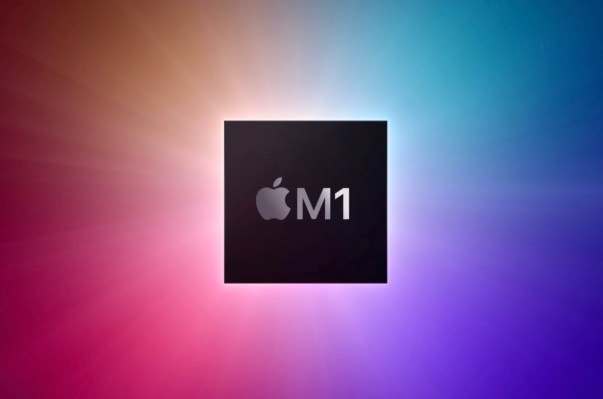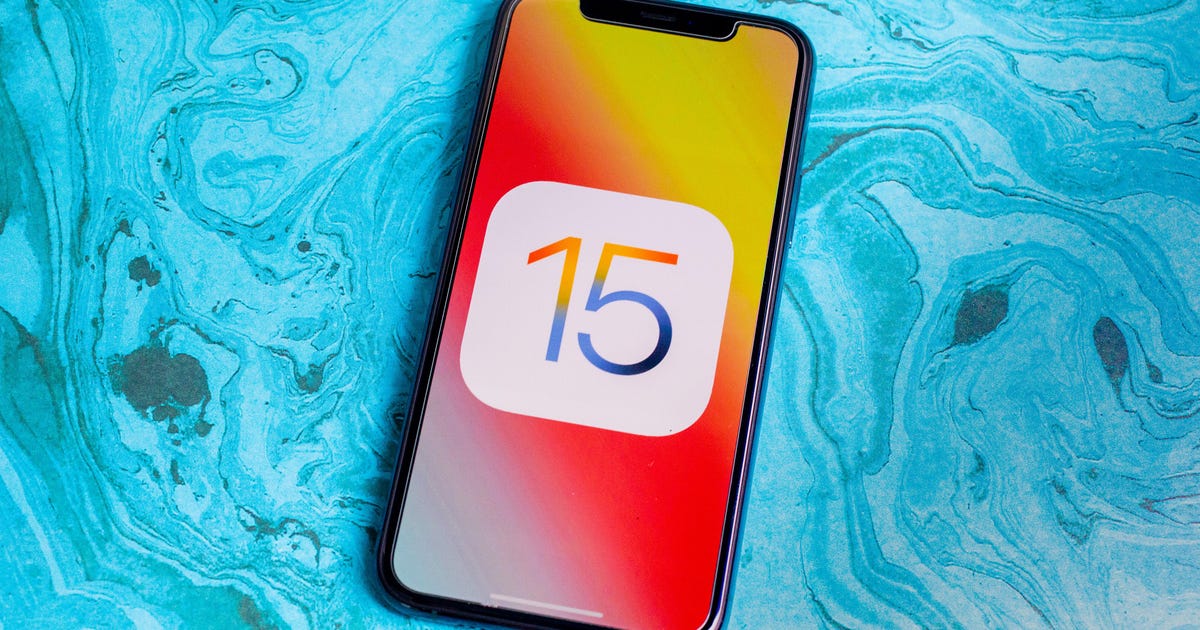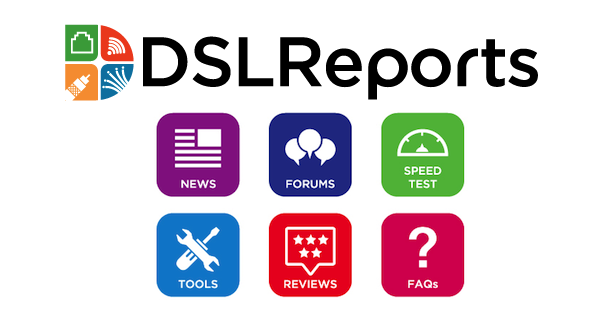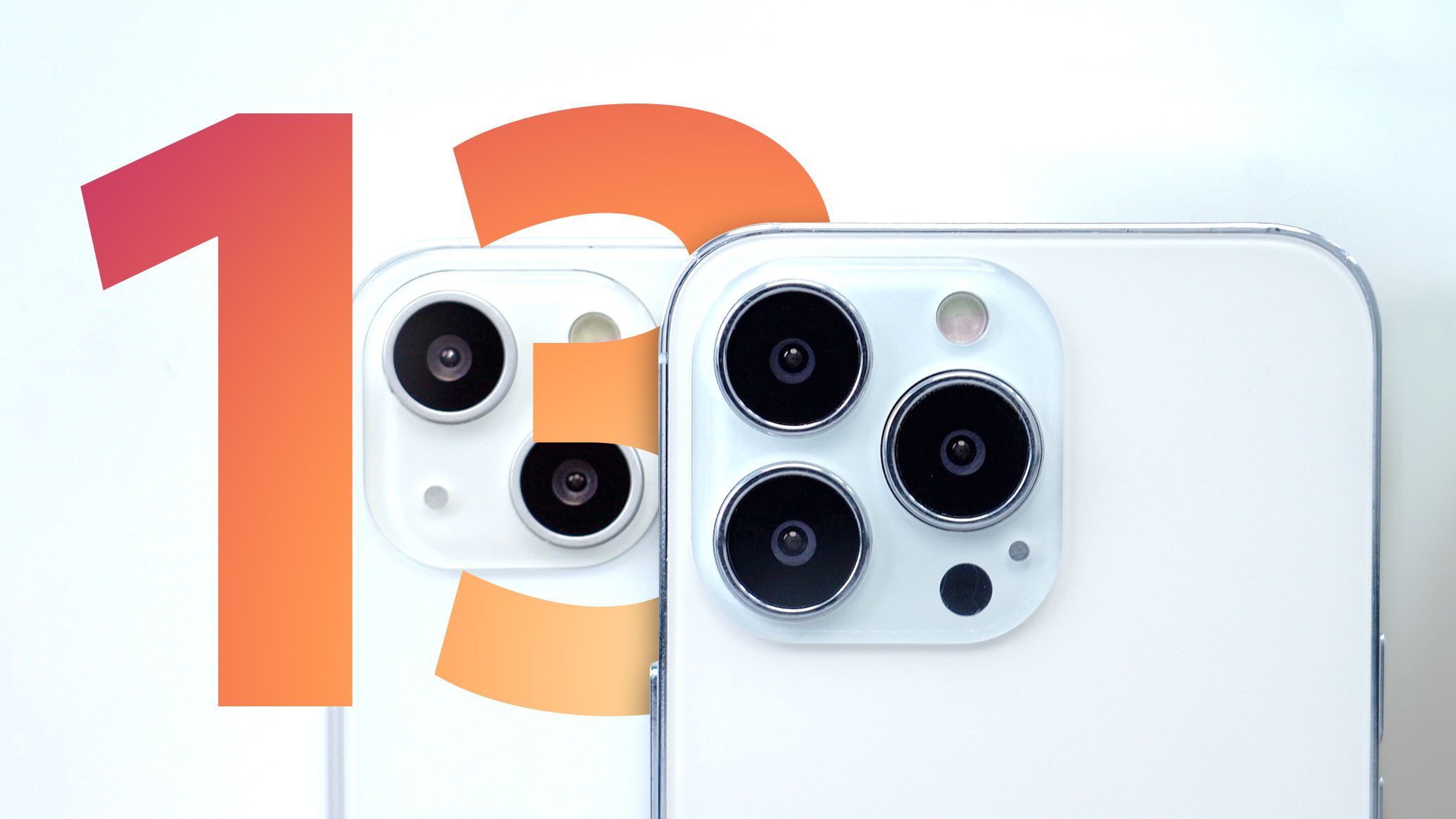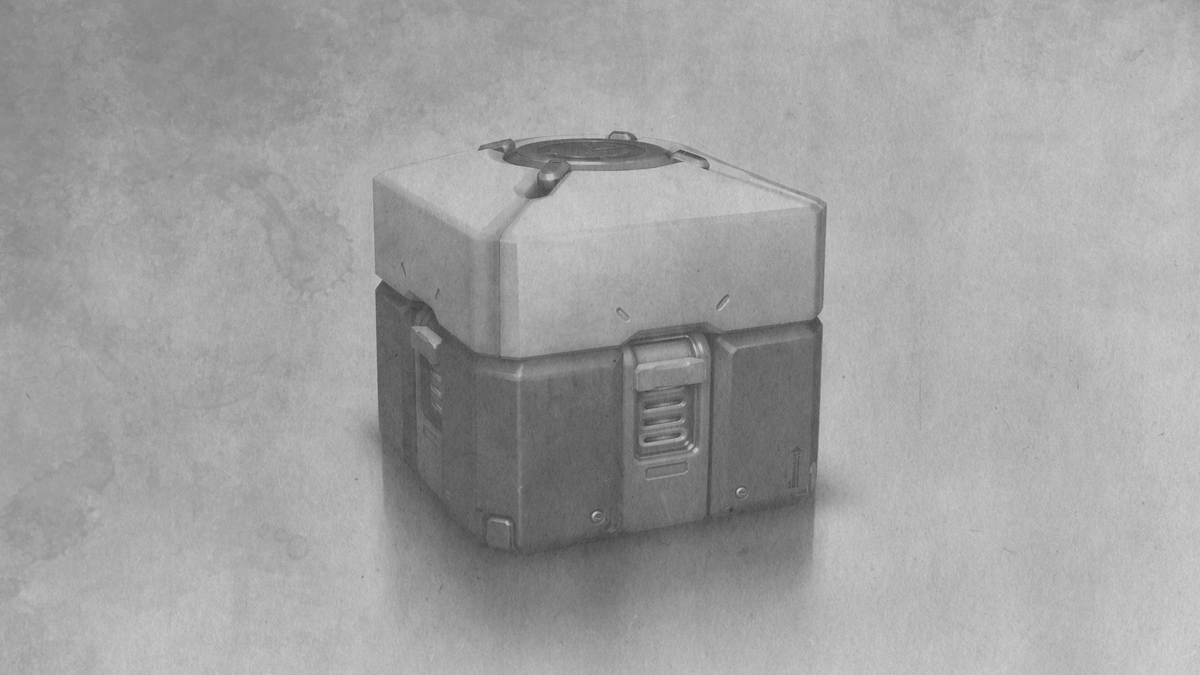If you've been berating yourself for doing nothing useful during
the lockdown, this is the place to be. Building a PC is intimidating for a
variety of reasons: it's costly, complex, and potentially messy. It's good to
produce something with your own hands. What's the tough part? We can't teach
you how to put your computer together. Not at all. We won't be able to help you
unless we know exactly what hardware you're running. However, we can go over
what each component accomplishes and what our suggestions are for each
category.
Things You Need
The components you'll need are the same regardless of what kind of
PC you're building (home office or gaming). But that's a lot of information.
Here's a quick rundown of what each component performs, as well as some
hardware suggestions.
Motherboard
This circuit board accepts all other components. It's the conduit
via which they interact and collaborate. There are a few different types of
motherboards, but the most crucial thing to know is what type of socket it has.
Motherboards are also available in a variety of sizes, the most popular of
which being ATX (sometimes known as "full size"). Check your PC case
to see what size motherboard it supports, and make sure they're compatible.
Graphics
Card (GPU)
If you plan to use this PC to play games, you'll need a graphics
processing unit (also called a graphics card). At present, these cards are hard
to come by in stock (or at a reasonable price), so you may have to wait a bit.
It's also utilised for graphics-intensive operations like video and photo
processing. This specialised processor is built and optimised to handle visual
data, such as game graphics.
Processor
(CPU)
This is your computer's brain. Make sure to purchase some thermal
paste if the CPU doesn't come with any. It's not something you should consume.
However, this does not imply that it must be the most expensive. We'll talk
about that afterwards. It is the single most critical component of your PC, as
it connects directly to the motherboard.
Ribbon
Cables
All of your devices must be connected to the motherboard. The PSU
must be connected to both the SSD and the motherboard. The power buttons, audio
jacks, and USB ports on the front of your case must also be plugged into the
motherboard. Otherwise, power supplies contain a lot of cords, and you'll have
to deal with dangling power connections within your case.
Power
Supply (PSU)
Your power supply unit is a small box that keeps the power flowing
to all of your components. PSUs, like GPUs, are a little hard to come by right
now. The faster it is, the more power it requires, and you should always keep a
little extra just in case. It determines the speed and power of your computer.
Memory
(RAM)
Memory is more akin to that one table where you toss the stuff and
deal with them later. When it comes to memory and storage, you'll come across a
lot of the same phrases, but they're not interchangeable. But it's critical
because the software uses memory to cache (temporary store) data in a location
where it can be retrieved fast. It's scratch paper, and it'll only last a few
days.










